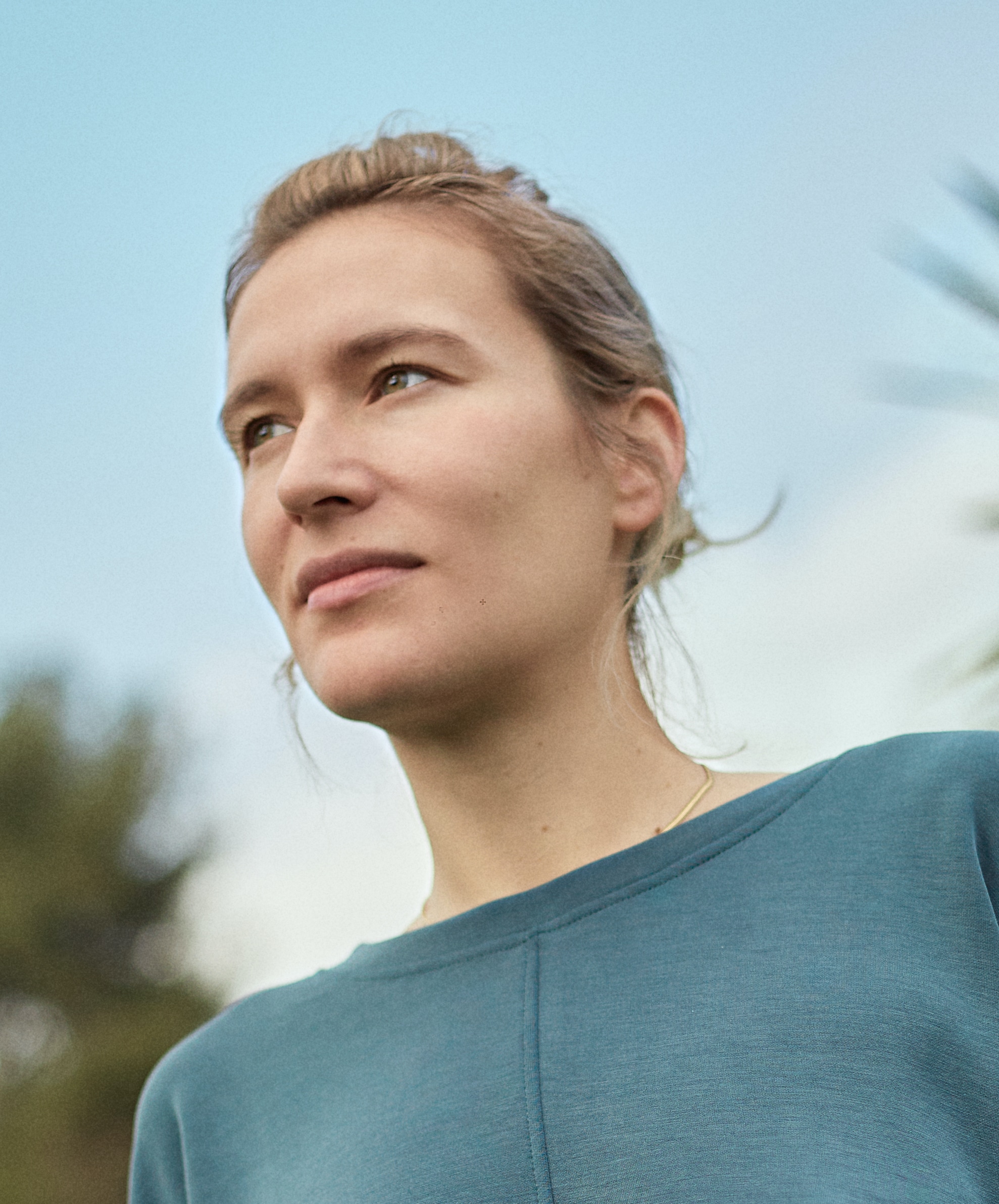© Dan Smedley on Unsplash
Not a day goes by that our attention is not drawn to climate change, ocean pollution, or our own carbon footprint. If you feel eco-anxious about it, so are we! What about photographers? “When you start to really think about ...



